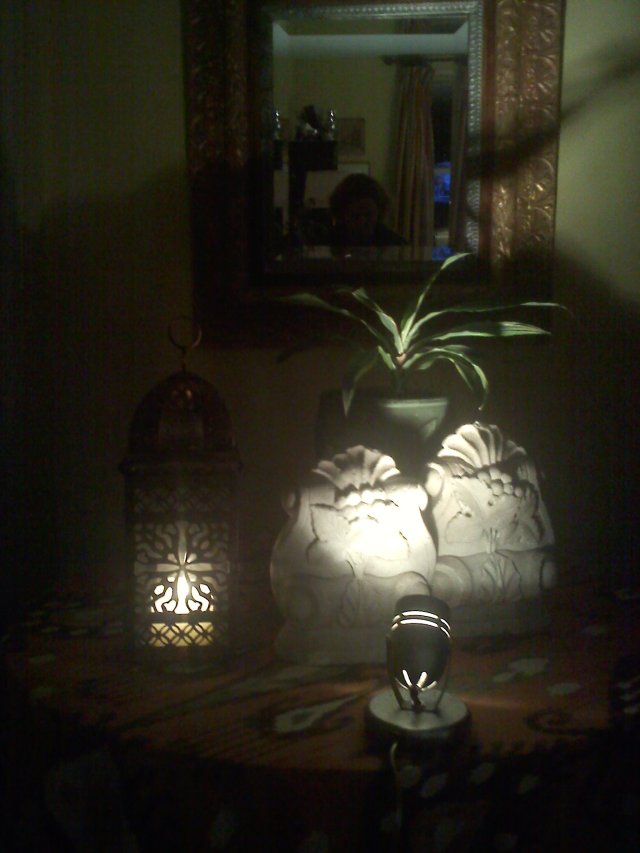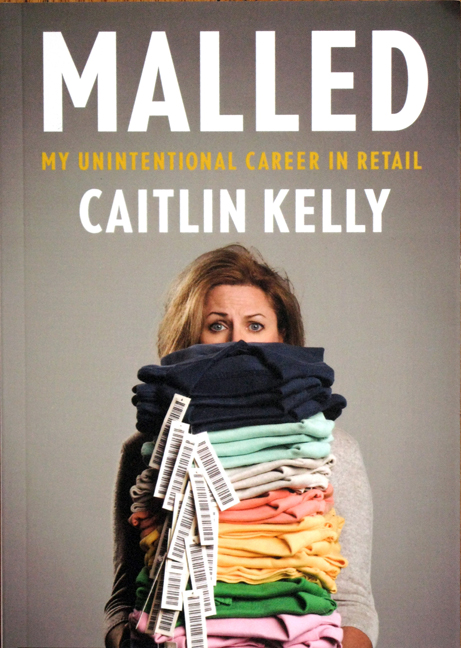By Caitlin Kelly
Have nothing in your houses that you do not know to be useful or believe
to be beautiful.”―
William Morris

One of the few architecture blogs I read is from Alabama firm McAlpine Tankersley. I love their designs, even though the mega-mansions and second homes they are hired to create are far beyond my reach financially.
A recent post:
Architects and Interior Designers are in the business of affecting the physical plane of our world by producing a scape that can be seen and touched – lived in and on. Integral to its success is the layering of texture, tones, and the reflection and refraction of shades of light and dark. Depth and scale of shape in measured doses to elicit a calculated response…
Our sensual experiences have a physiological response by stilling our minds, calming our hearts and relieving stresses.
Great beauty has the power to relax and center our energy and emotions. Lowering our internal pressures free us to see more clearly and calmly. It is always a goal to create a meditative space that is restorative in nature, a space that you feel better in and are compelled to linger through.
…Beauty can be a retreat for healing. Luxury is a tonic for the soul.
As someone who has seriously studied antiques, art and interior design, these words deeply resonate with me.
I spent much of my childhood at boarding school — brown metal beds, chenille bedspreads, weathered floral wallpaper, linoleum floors — and summer camp. Living with other people’s institutional aesthetic choices has left me with a fairly ferocious desire to make every place I live in lovely, welcoming and, as Susan writes here eloquently, a retreat for healing.
Journalism is also a business often conducted in atrocious working conditions: noisy, filthy, crowded and/or filled with stress, whether financial or professional. By the time my husband staggers in the door after a long day and a long train/taxi commute, he’s ready to be soothed!
I loved studying design seriously, understanding why some colors and proportions are inherently beautiful and others jarring and wearying. In our color class, we were taught the color scale and how to use shades and tones. In our materials class, we learned the relationships between textures and how to use them safely and elegantly.
It doesn’t matter if “home” is a small dorm room or a trailer or an apartment or a house. It’s what you make of it.
Here are some ways to create beauty in your home:
The bouquet above cost $30 — a splurge, for sure — but provided enough material for bouquets in three rooms that will last for at least two weeks.
Fresh flowers, a plant or some branches
Unless I’m totally skint, every week includes a bouquet of fresh flowers or greenery from my local florist. No, it’s not a necessity, but what a lovely touch to have even one bright pink gerbera, the tart scent of eucalyptus or some branches of curly willow. I also stock up on Oasis (florists’ foam) which can turn any water-tight container into a vase and frogs (glass and metal holders that fit into a low or flat container), easily found in thrift shops and flea markets. Or — take your kitchen shears and find some bittersweet or holly growing wild.
I found these pierced-metal lanterns for an unlikely $13 each in a cafe in Minneapolis.
Candles, votives and/or tea-lights
Not a day goes by that I don’t light a candle, or several, usually as we sit down to dinner. It creates a totally different mood from any other sort of illumination. Instead of leaping out of bed on a cold, dark winter’s morning, take five minutes to light a small bedside candle.
Fresh towels or linens
Even a new $5 dishtowel, in a fun pattern or color, can cheer up your kitchen. I find unusual shams, sheets, coverlets and pillowcases like this gorgeous floral duvet cover at Anthropologie and these super towels in a blue and white pattern from Zara Home.
Three or four sources of light per room — and overheads only in bathroom, hall and kitchen
Think about the most soothing and beautiful interiors you’ve been in. They may have been in a hotel or restaurant, where professionals have seriously considered how to create a mood using light and darkness. There are different kinds of lighting, (task, overhead, floor lamp, table lamp) as well as different colors of bulb. Three-way bulbs allow for different levels of brilliance. Overhead lighting — especially fluorescent — is often depressing, unflattering and too dim to be useful. If you can afford it, consider adding dimmers to every overhead light.
On my desk, I’ve layered a 19th-century woven wool paisley shawl underneath a Peruvian manta.

Vintage textiles
My passion! Few items add as much character and warmth to an interior as an early hand-made quilt, gently worn vegetable-dye rug, embroidered linen napkins or pillowcases. You can easily find vintage fabrics on-line through EBay and Etsy, as well as flea markets and antique shows. If you know how to sew, whip up some throw pillows or a tablecloth.
Scent
It might be a scented candle or lavender sachets tucked between your linens or your sweaters. I love making sachets from vintage textile scraps. (Also great to toss into your suitcase!)
Lovely flatware
You can find great old things for pennies. We use mis-matched silver plate I’ve found in flea markets everywhere I travel. A bottle of silver polish will restore them to a soft gleam.
A piece of pottery
It might be a spoon-rest or a teapot or a bowl. Having a useful object made by someone’s hands is a great reminder that not everything in our homes has to be made cheaply by overseas labor. I recently wrote to the Ontario potter who made this teapot, which Jose bought for me in Toronto years ago, just to thank him for adding such beauty to our lives.
Vary the shapes and sizes of your objects and furniture
Is everything you own shaped like a square or rectangle: (sofa, tables, rugs, bed)? Add some curves! A round or oval mirror, a round or demi-lune side or console table, even a long, narrow runner in the hallway will mix things up. An over-sized round lantern or bowl can change the look of a table or chest of drawers.
Pools of darkness, to add mystery
Obviously not in places that need to be very well-illuminated for your safety, like stairs, kitchen or bathroom. But the most alluring spaces have a feeling of discovery or mystery. I found my small, dimmable uplighter lamp at Home Depot for a big $13.05. This once-dead corner of our living room now contains a round covered table, on it two marble garden ornaments, an antique planter and a pierced metal lantern found on sale at Pier One. The Victorian mirror was an antique store find in small-town Ontario.
LAST CHANCE TO JOIN TODAY’S WEBINAR , “CRAFTING THE PERSONAL ESSAY”; 4:00 p.m. EST Nov. 30.
I HOPE YOU’LL JOIN US!

























